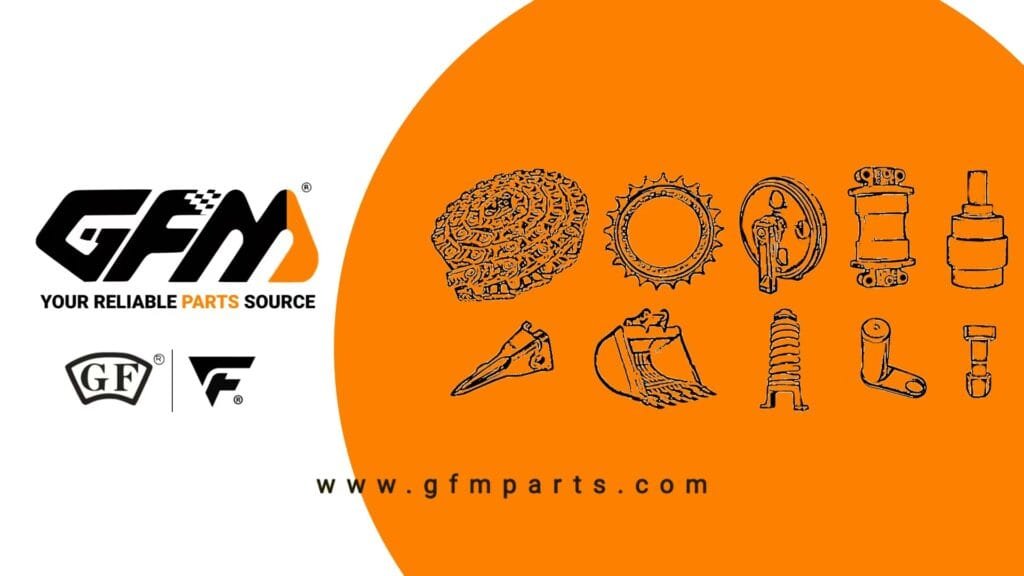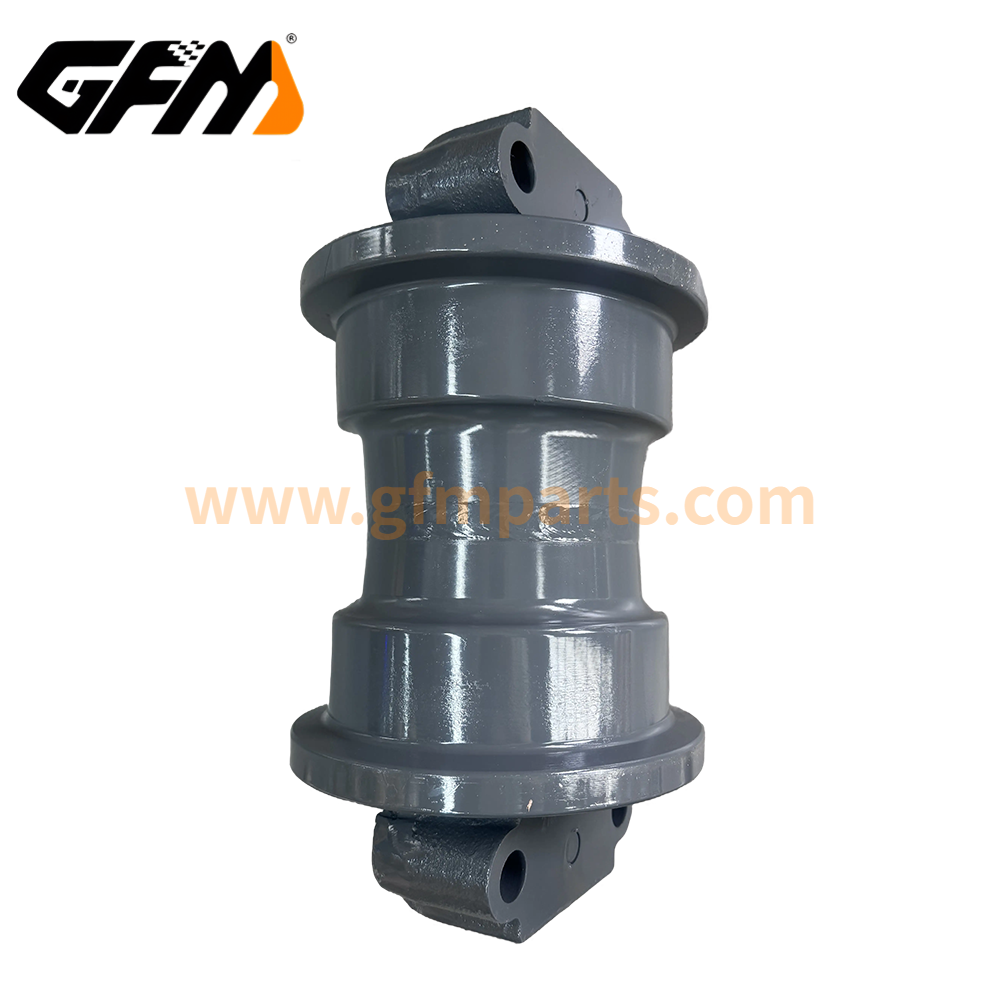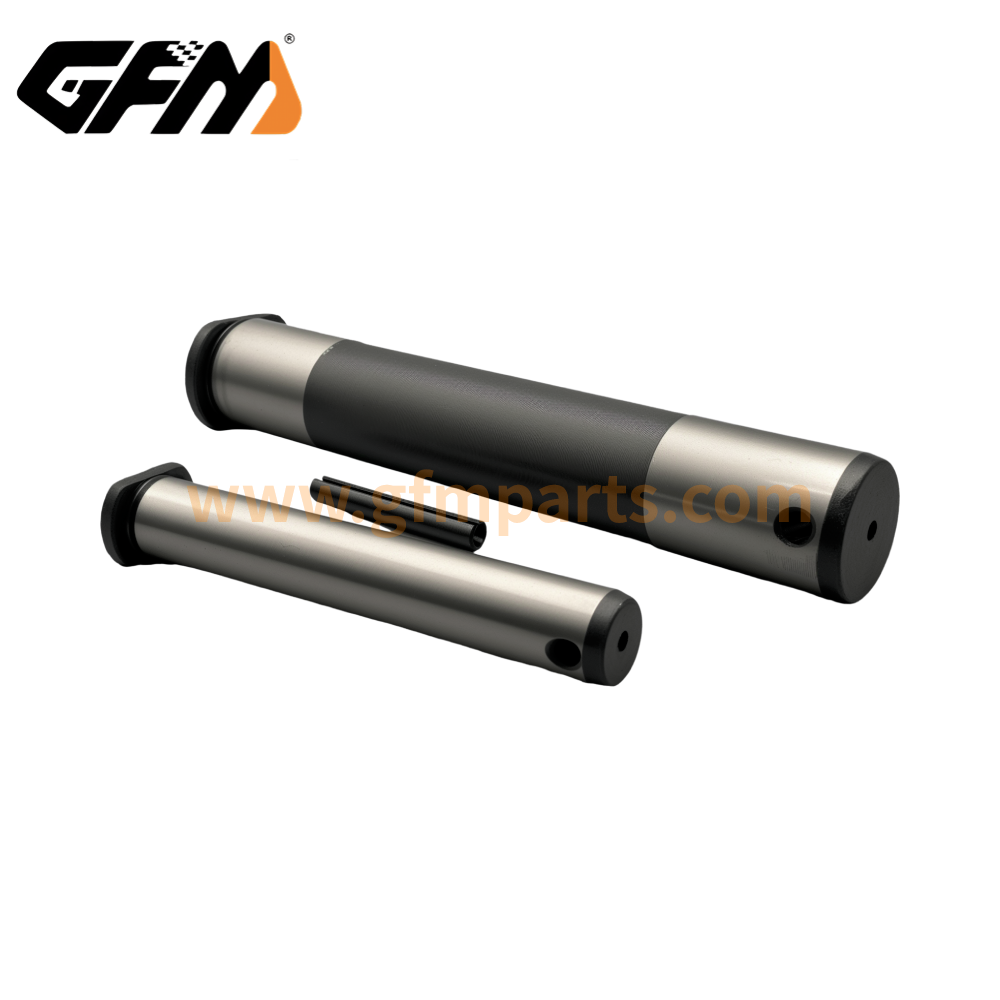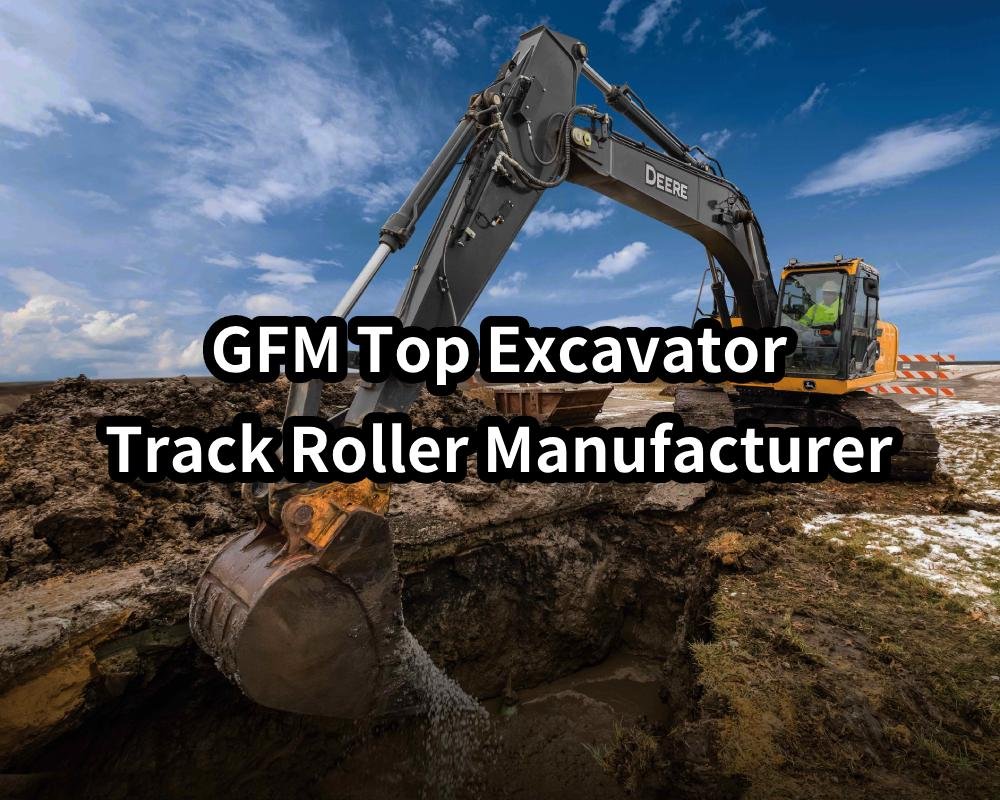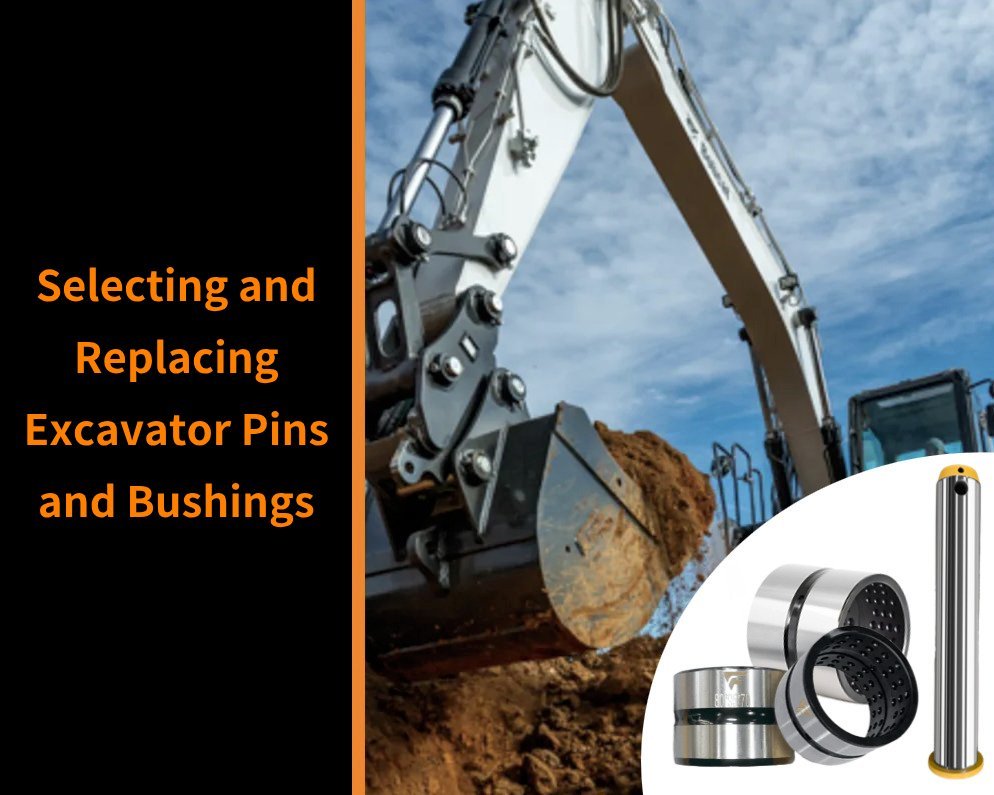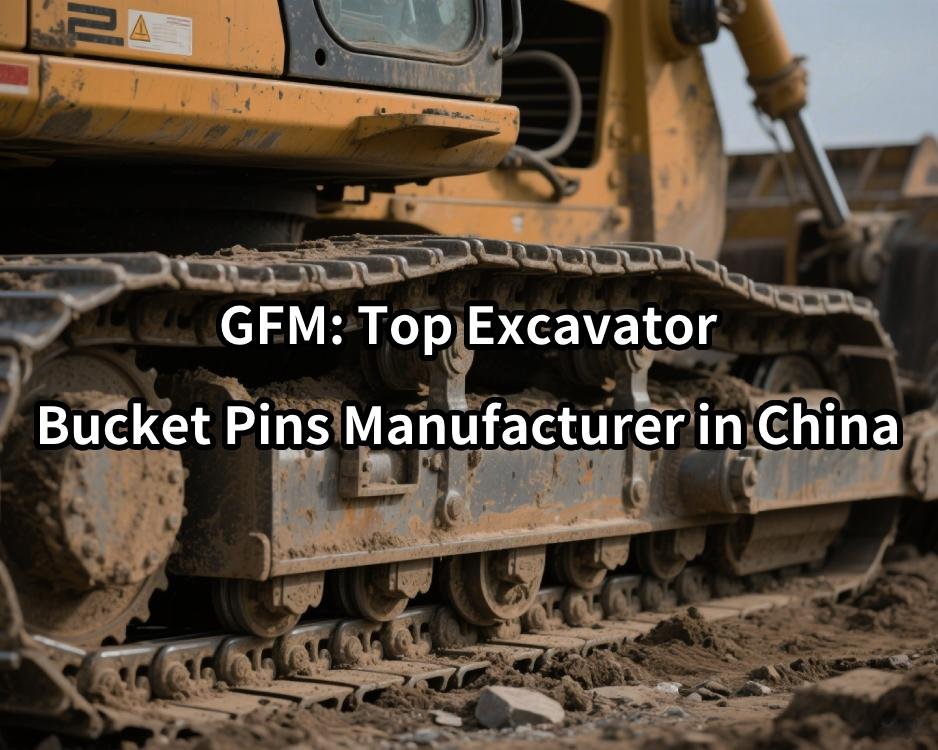Table of contents
In modern construction scenarios, small excavators are widely used in municipal engineering, landscaping, house demolition, farmland excavation and other occasions with their flexible, economical and efficient characteristics. They can not only enter small spaces that large machinery cannot operate, but also have lower operating and transportation costs. However, many people tend to focus on the power system, bucket size or the appearance of the whole machine, but ignore the most basic and most critical parts-the crawler and drive system.
These two systems constitute the “legs” and “heart” of the excavator: the crawler determines its walking mode and terrain adaptability, while the drive system provides direct power for forward, backward and steering. Ignoring their status maintenance and structural understanding will not only increase equipment wear, but also directly affect work efficiency and operation safety.
Detailed explanation of the track system of mini excavators
Structural composition
The crawler system of a mini excavator consists of multiple key components, mainly including:
- Track chain: supports the weight of the whole machine and is in direct contact with the ground, divided into rubber crawler and steel crawler.
- Track Shoes: Fixed on the chain to provide grip.
- Drive Gear (Sprocket): Connected to the drive motor to achieve chain drive.
- Idler: Maintain track tension to prevent loosening.
- Bottom Roller and Carrier Roller: Support the weight of the whole machine and guide the direction of the track.
These components work together to achieve stable walking of small excavators.
Rubber Tracks vs. Steel Tracks
For mini excavators, rubber tracks are the mainstream choice because they are light, less damage to the ground, and low noise, suitable for urban construction and landscaping. In contrast, steel tracks are wear-resistant and impact-resistant, suitable for mines, wastelands and other complex terrain areas.
According to the data of “Construction Equipment Guide”, more than 80% of small excavators are equipped with rubber tracks when they leave the factory, because they are more in line with the needs of low-pressure construction in cities.

The importance of track tension adjustment
The tightness of the track directly affects its service life. Too tight will cause rapid wear of parts and increase fuel consumption; too loose will easily cause chain drop and unstable operation.
The conventional tensioning method is to use a grease adjuster. Check the tension once a week to see if it meets the specified standard. It is judged from experience that the vertical distance between the bottom of the track shoe and the supporting wheel does not exceed 1.5 to 2 cm.
The composition and working principle of the drive system
What key components does the drive system include?
The drive system of a small excavator generally includes:
- Travel Motor: converts hydraulic energy into mechanical energy to drive the gear to rotate.
- Planetary Gearbox: reduces the speed and increases the torque to meet the walking needs of the excavator.
- Sprocket: engages with the track to drive the entire machine to walk.
- Travel Valve: controls the walking direction and speed.
These systems work together with hydraulic power to form a precisely coordinated walking mechanism.
Detailed explanation of the working principle of walking
When the operator issues the “forward” command through the control lever, the control valve group opens, and the hydraulic pump transmits hydraulic oil to the walking motor; the swash plate rotor in the motor begins to rotate, pushing the reducer to decelerate and output large torque, and the drive gear begins to drive the crawler to move. The whole process is sensitively controlled and responds quickly.
Data shows that the maximum output torque of the drive motor of a standard 1.8-ton small excavator can reach 2500Nm, which is enough to cope with complex terrains such as mud, sand, and slopes.

Common problems and fault analysis
Common problems of crawler system
- Track deviation: often caused by wear of the supporting roller or improper tension, which can be corrected by adjusting the guide wheel.
- Track chain breakage: usually caused by steel core fatigue, rubber aging or overload, and needs to be replaced immediately.
- Abnormal noise or shaking: mostly related to the wear and fall of the supporting roller or the sprocket wheel, it is recommended to check and replace.
Common faults of drive system
- Insufficient power or unable to walk:
- Insufficient hydraulic oil
- Leakage of seal inside travel motor
- Control valve stuck
- Left and right drive are not synchronized:
- It may be due to oil circuit blockage or internal damage of reducer
- Reducer oil leakage:
- Often caused by oil seal rupture, checking whether the lubricating oil color is emulsified is the key to judgment.
A survey in “Komatsu Service Bulletin” pointed out that nearly 40% of crawler system failures are caused by neglecting tensioning and daily cleaning and maintenance.
How to correctly select and replace track and drive components
How to choose and purchase suitable crawler?
- Size matching: For example, 230x96x33 means 230mm width, 96mm pitch, and 33 sections.
- Structural applicability: Select open type, closed type, steel core and other models according to the chassis design.
- Working condition judgment: V-shaped anti-slip rubber texture is suitable for wet and slippery ground, and reinforced rubber material is recommended for gravel ground.
Recommendations for selecting drive motors and reducers
- Match output torque by tonnage (e.g. 1.8-ton models require 2500~3000Nm)
- Select by interface flange standard: common SAE-B standard interface
- Recommended brands such as EATON, Kayaba, Nabtesco, and Doosan have stable performance in the industry
Replacement process recommendations
- Shut down and power off, lift the machine body
- Loosen the crawler track tensioner (pressure relief)
- Remove the crawler track connecting pin and remove the old crawler track
- Install the new crawler track and align it with the gear track
- Inject grease and adjust the tension to the standard position
- Test run to check for deviation and abnormal noise
The entire replacement process requires professional tools, such as crawler jacks, grease guns, hydraulic jacks, etc., and it is recommended that two people operate to ensure safety.

Daily inspection and maintenance tips for tracks and drive systems
Daily inspection content
- Tension: visual inspection combined with measurement
- Surface cracks and wear: pay special attention to cracks in rubber tracks
- Oil leakage: check whether there are oil stains around the reducer and motor
- Loose bolts: especially the drive gear and the supporting wheel
Periodic maintenance recommendations
| Inspection items | Frequency | Recommended measures |
| Track tensioning | Weekly | Re-inject or release butter |
| Reducer lubricating oil | Every 100 hours | Check the oil level and change the oil |
| Hydraulic system | Every 250 hours | Clean the filter and replenish hydraulic oil |
| Track plate | Every 500 hours | Replace severely worn parts |
Use tips to extend service life
- Avoid turning in place to reduce track stress concentration
- Do not travel at high speed on sand and gravel to prevent foreign objects from jamming the chain
- Warm up the car before winter construction to prevent waxing of hydraulic oil
- Flush the track after operation to prevent sediment deposition and hardening
| Get a quick free quote | Email: henry@gfmparts.com | Whatsapp: +86 17705953659 |
The track and drive system of a small excavator are not only the core of the equipment’s travel, but also determine the operating efficiency, safety and economic benefits. From structural cognition to daily maintenance, the optimization of every detail can extend the life of the equipment, reduce maintenance costs, and improve construction quality.
Especially for long-term users and engineering contracting teams, mastering the operation logic and maintenance methods of the crawler and drive system is equivalent to mastering more than 70% of the stability of a device. Through the explanation of this article, I hope that you can truly apply the practical suggestions to the operation site based on your understanding of the principles.
Investing in a piece of equipment is a one-time expenditure, while maintaining a piece of equipment is a long-term benefit. Taking good care of the crawler and drive system is to give the engineering business an extra stable guarantee.
